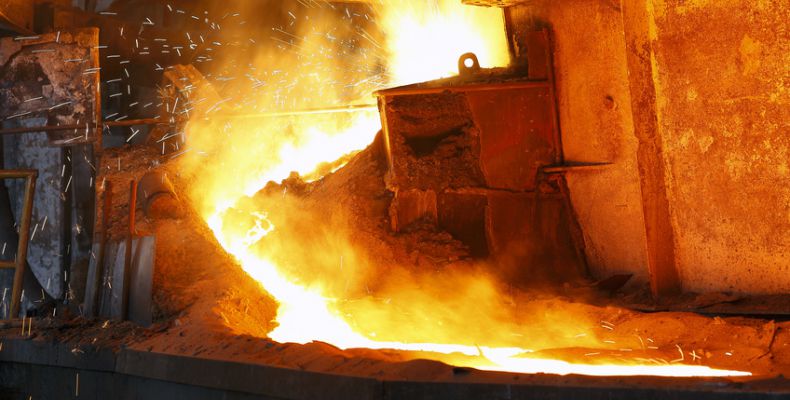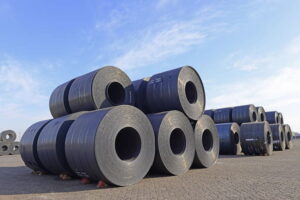There is a long way to go before hydrogen-based steelmaking takes off on an industrial scale, but electrification through the electric arc furnace route is readily available. However, the availability of low-carbon electricity and scrap feedstock pose major obstacles, says Czech and Slovak steel association Steel Union.
Czech steel production is dominated by the iron ore-based blast furnace route, with many products produced needing to have high steel purity which cannot be achieved through scrap-based EAF production, the association observes. Trinecke Zelezarny plans to secure half of its production by 2030 through the EAF route, while Liberty Ostrava is investing into hybrid furnaces, which can flexibly process 40-100% of scrap in a batch.
If both steelmakers were to switch to production of their current volumes of steel from scrap, they would automatically lose the electricity produced from their own process gases and would thus become completely dependent on external supplies. In addition, their annual electricity consumption would roughly double – about 450 kWh is needed to produce 1 tonne of steel in a classic arc furnace.
It would therefore be necessary to build a very high voltage network connection to both mills. It will take years, however, to obtain permissions, arrange the purchase of land and implement the construction of the technology.
“An increase in demand for clean electricity from other sectors of the economy can be expected, which will result in a fight for this commodity,” Steel Union observes in a note seen by Kallanish.
“On the one hand, there is a need to decarbonise the industry through electrification; on the other hand, this means an extreme increase in the cost of purchasing electricity and the logical question of whether it makes sense,” the association continues.
Mills will also have to replace BF process gases, used in the heating process, with natural gas, which is also currently at record-high prices.
Scrap will be indispensable for steelmaking electrification. Its availability is however limited by two factors. One is the use of increasingly high-quality and durable steel products or structures which significantly slows down the cycle of returning scrap to the market. The second is EU scrap exports. The first factor cannot be influenced; the second could be, by changing the EU’s waste policy, Steel Union observes.
The production of scrap in Czech Republic reaches about 4.3 million tonnes/year, with exports accounting for 2.3mt, imports 0.5mt and consumption around 2.5mt. This balance would have to change significantly when switching to EAF steelmaking, meaning scrap would have to stop being exported from the Czech Republic. Moreover, an additional 2m t/y of scrap would have to be imported, Steel Union concludes.
Adam Smith Poland






